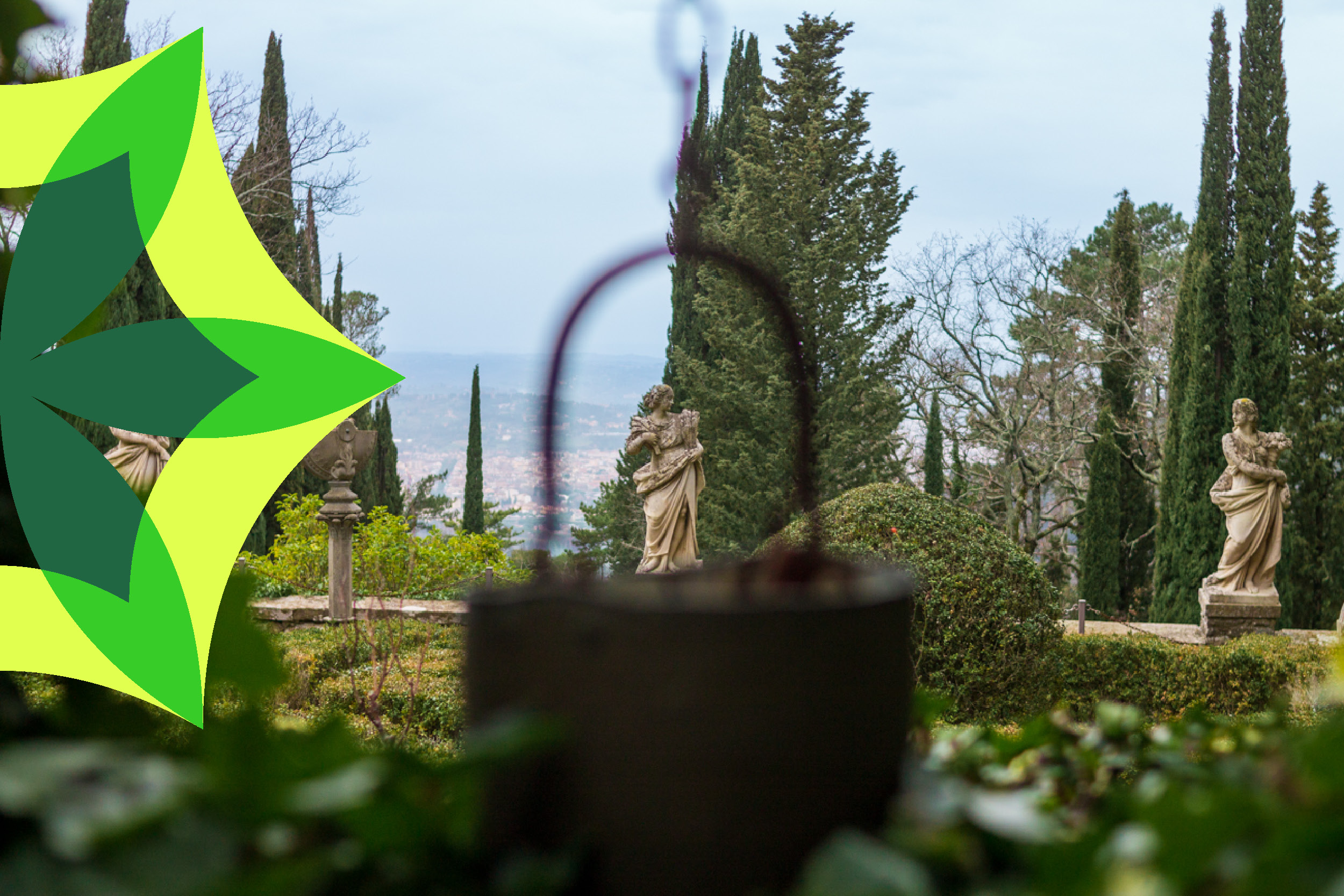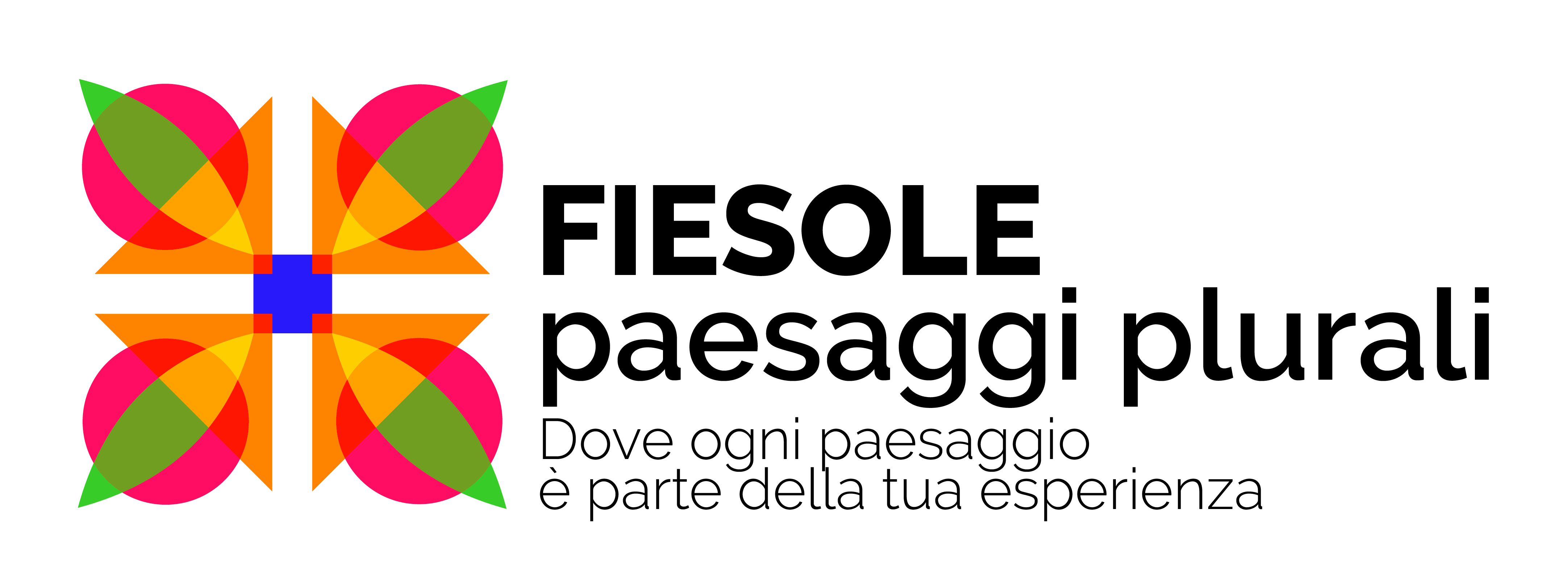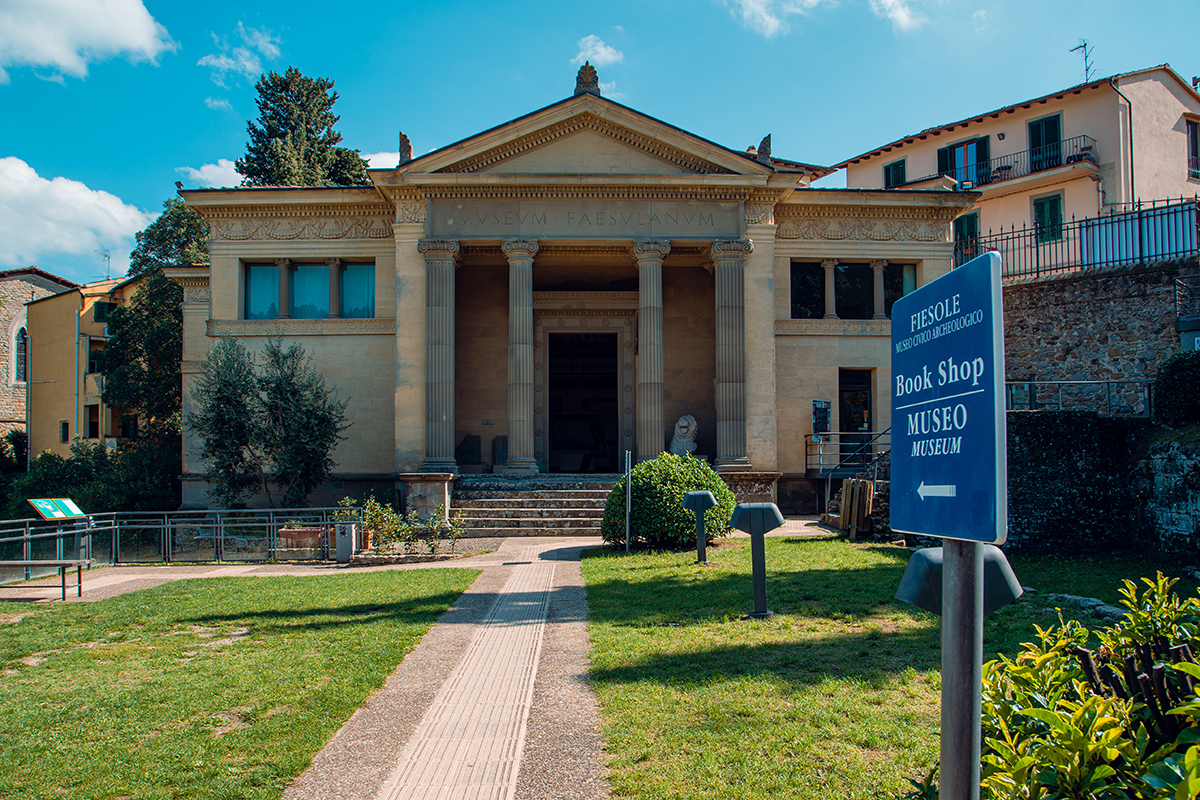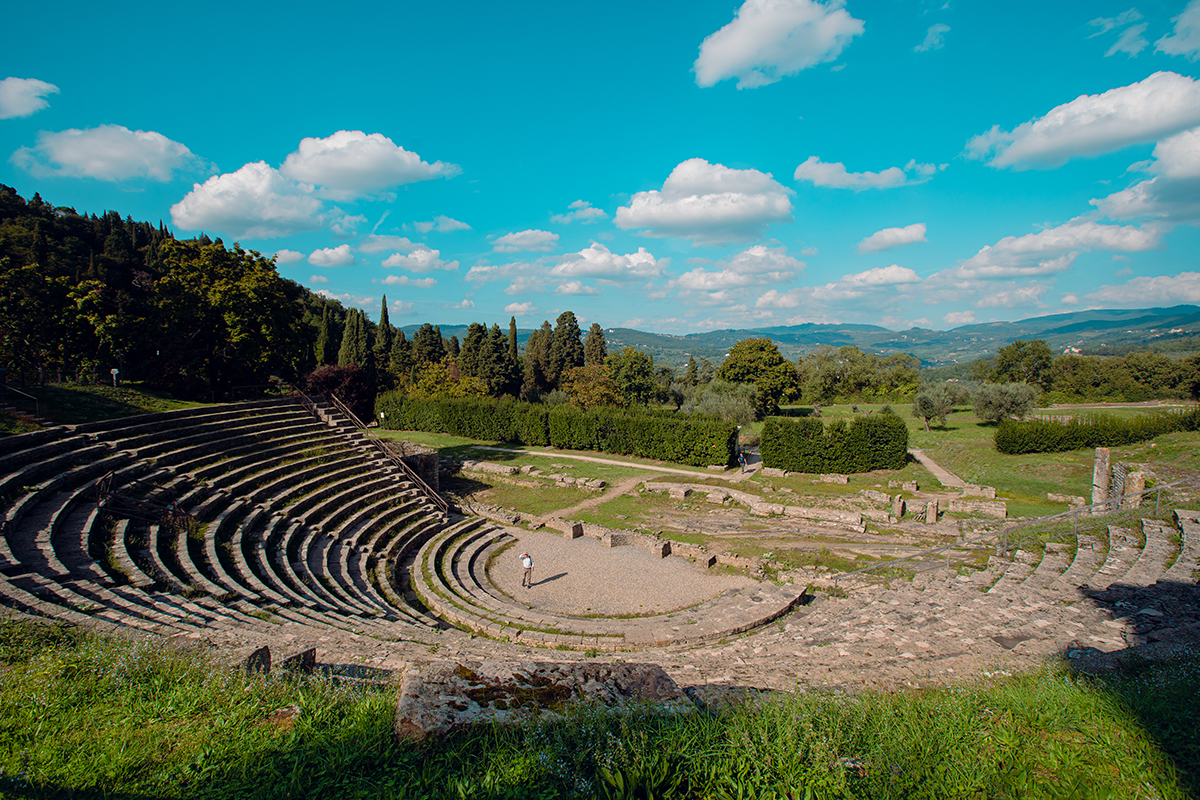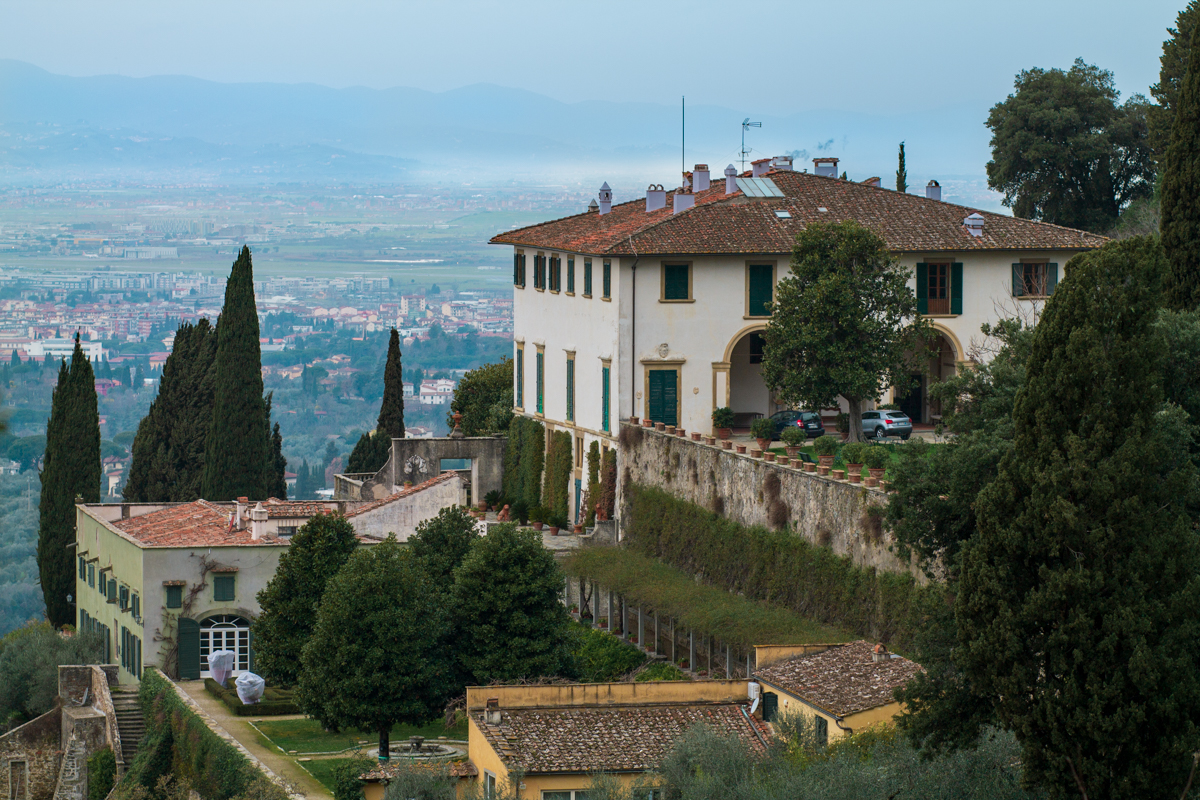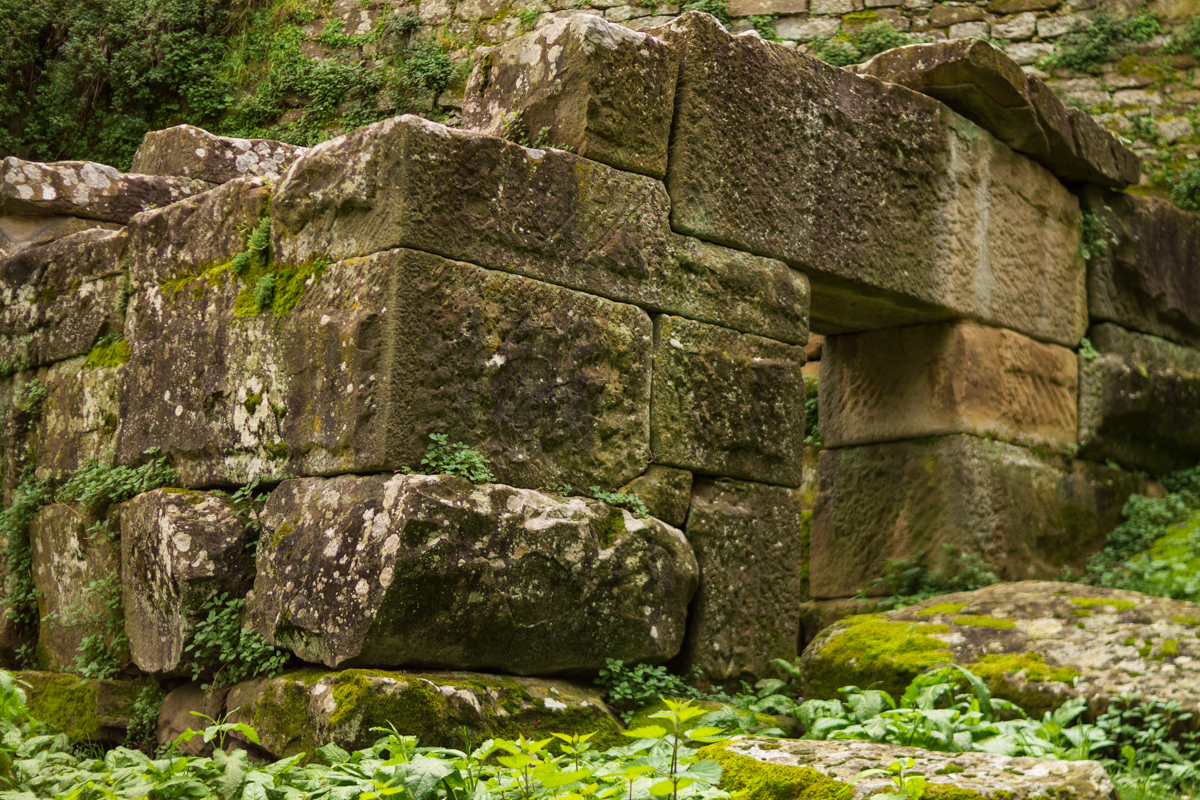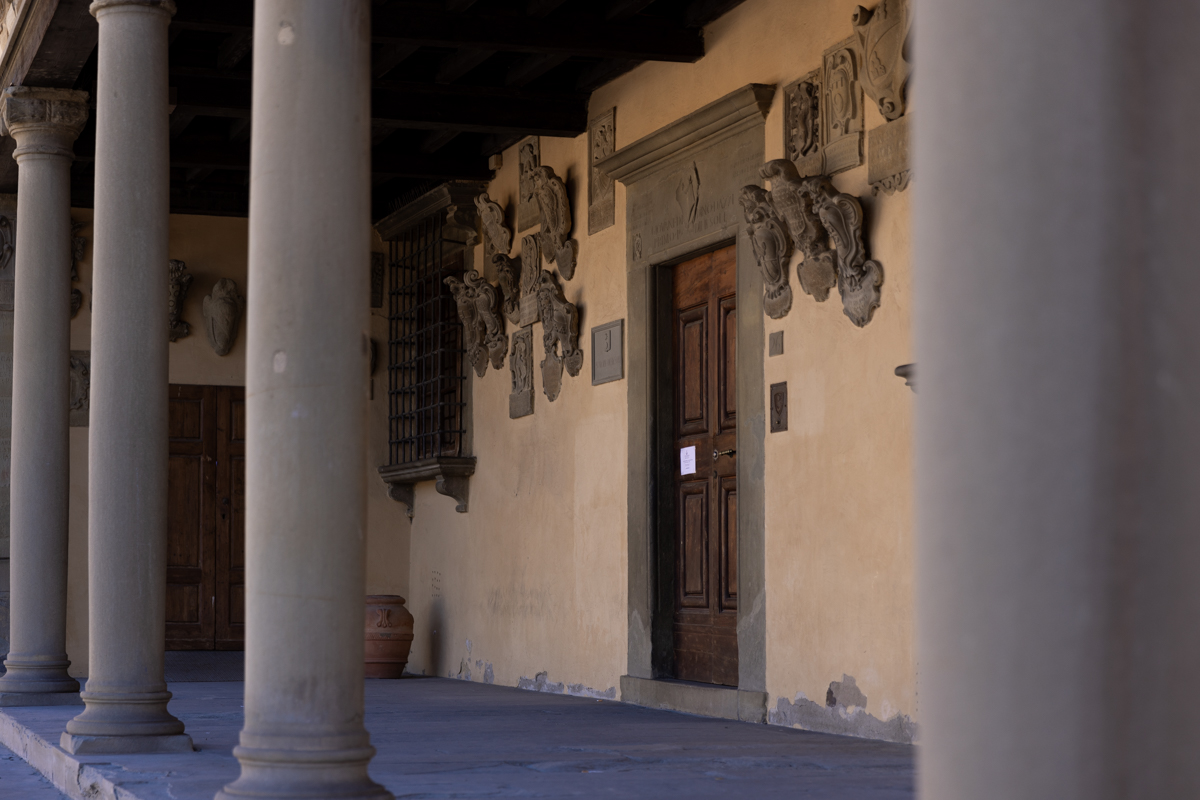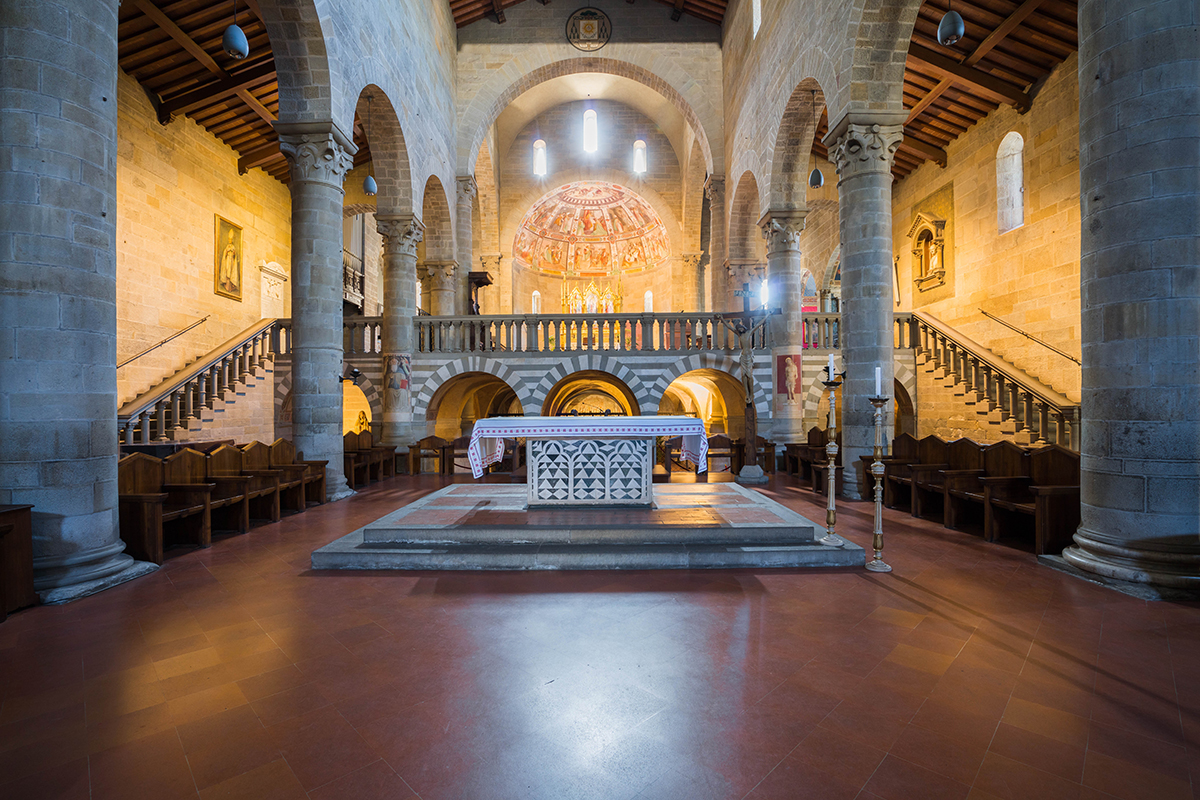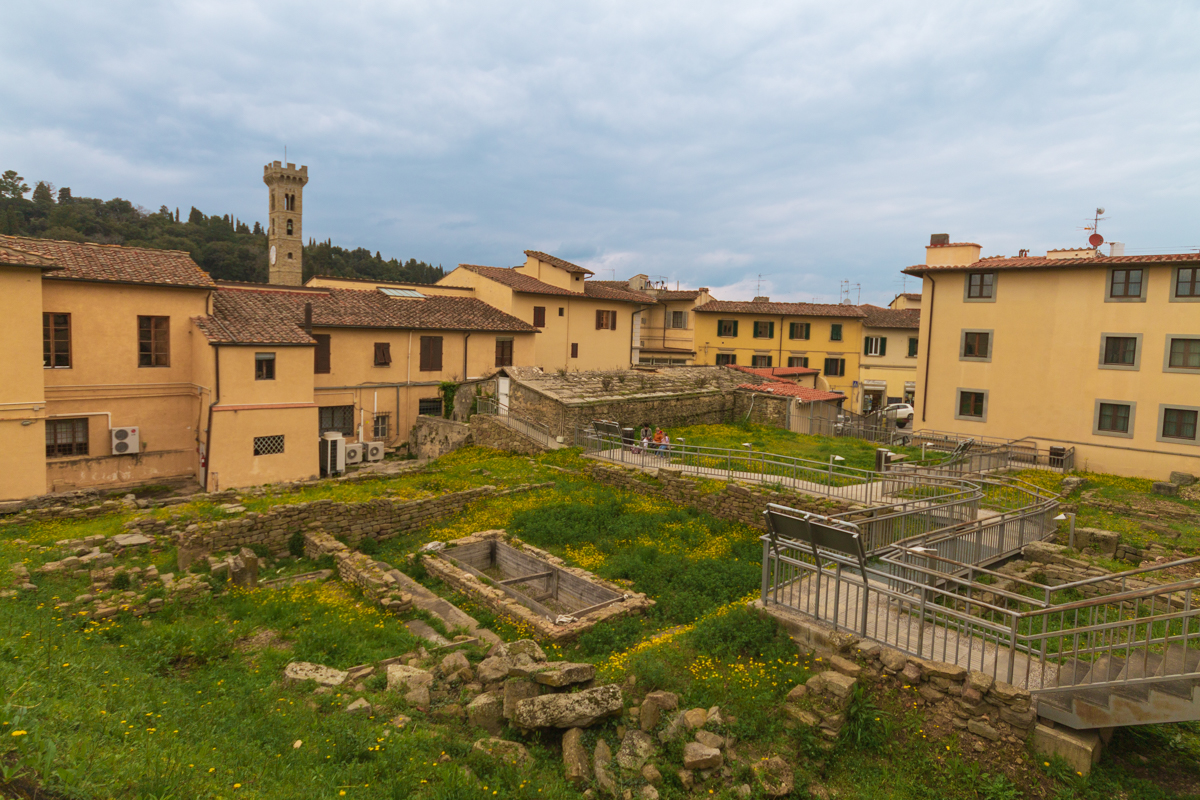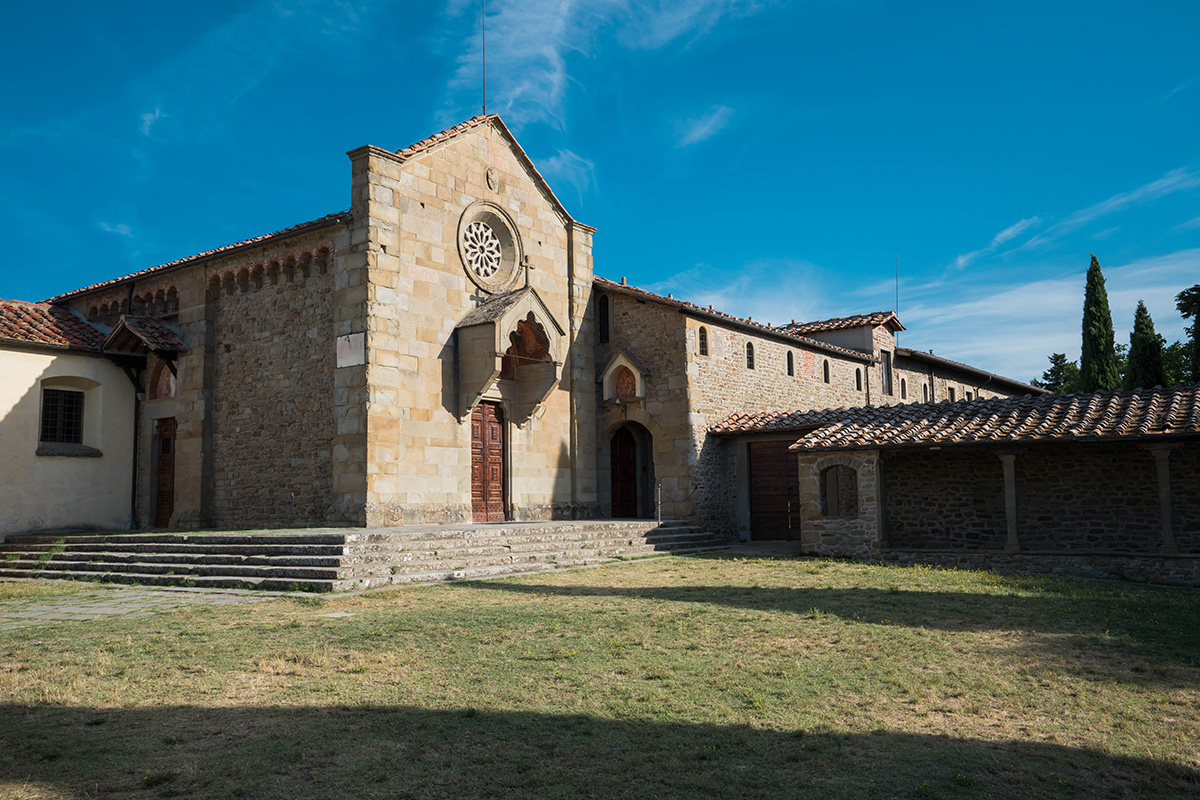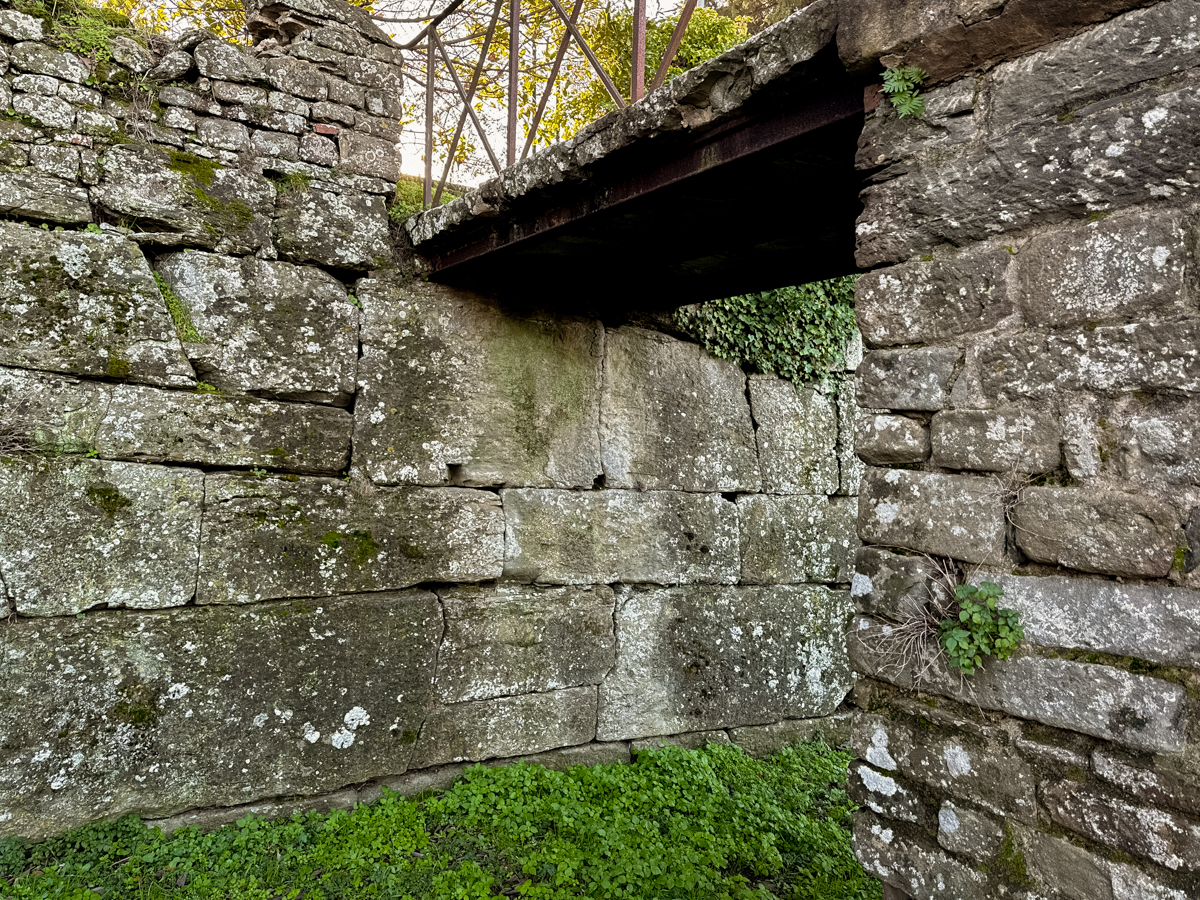Origin
The landscape that reveals its history
The Origins route is linked to the materiality of “pietra serena”, as a distinctive element of the historical and artistic identity of the local community of Fiesole.
The route follows the traces of ancient civilizations seeking to rereate thehistorical and artistic identity of the municipality linked to the concept of foundationIt finally traces back to the mythical-historical origins of Florence as “Fiesole, Mother of Florence.
Civic Archaeological Museum
A must-visit for enthusiasts of Etruscan, Roman, and early medieval archaeology is the Fiesole Archaeological Civic Museum, as it hosts precious artifacts representing the city’s history over this long period of time.
Archaeological Area
The Fiesole archaeological area, a precious gem of the city, will allow you to discover the beauty and the culture of the past Etruscan people.
Villa Medici
Visiting Fiesole also means visiting its villas, and getting to know the Villas of Fiesole means reliving the historical period of the Medici era. Visiting Fiesole also means visiting its villas, and getting to know the Villas of Fiesole means reliving the historical period of the Medici era.
Tombs of Bargellino
Among the modern buildings of Via del Bargellino and Via Matteotti, you will find the two hidden tombs of Bargellino, the only testimony of Etruscan-Roman cult architecture, which you can visit and get to know up close.
Palazzo Pretorio
Tracing the origins of Fiesole also means getting to know its public buildings, such as Palazzo Pretorio, the seat of the Fiesole municipality.
Cathedral of San Romolo
The Cathedral of San Romolo, centre of the religious life of Fiesole and its diocese, dates back to 1028 when Bishop Jacopo il Bavaro decided made the decision to relocate the cathedral within the city walls, facilitating accessibility and attendance.
Garibaldi Area
The Garibaldi Area is another archaeological gem that enthusiasts cannot miss. The most ancient evidence dates back to the Etruscan period when in the 4th-3rd century BCE, the Etruscans created terraces for easier use of the heavily sloping terrain. Afterward (1st century BCE – 1st century CE), the Romans built a domus in this area, of which part of the peristyle is still visible, consisting of a central basin and a colonnade.
Church Convent of San Francesco
The monastic complex of San Francesco is the place where faith, art, and history converge, preserving the memory of many centuries of life in the city of Fiesole. Built where an Etruscan necropolis stood and reachable via the connection with Via di Francesco, a pilgrimage route across the Italian regions of Umbria, Lazio, and Tuscany, it houses works of great artistic and cultural value.
Etruscan Walls
Visiting the Etruscan Walls by walking along their path is a must-do experience. Given the exceptional hilltop location, you’ll have the opportunity to have a panoramic view of the entire city of Fiesole and a 360-degree view of the Arno plain to the south and the Mugnone valley to the north, extending your gaze to the Apennine passes.
Discover other landscapes
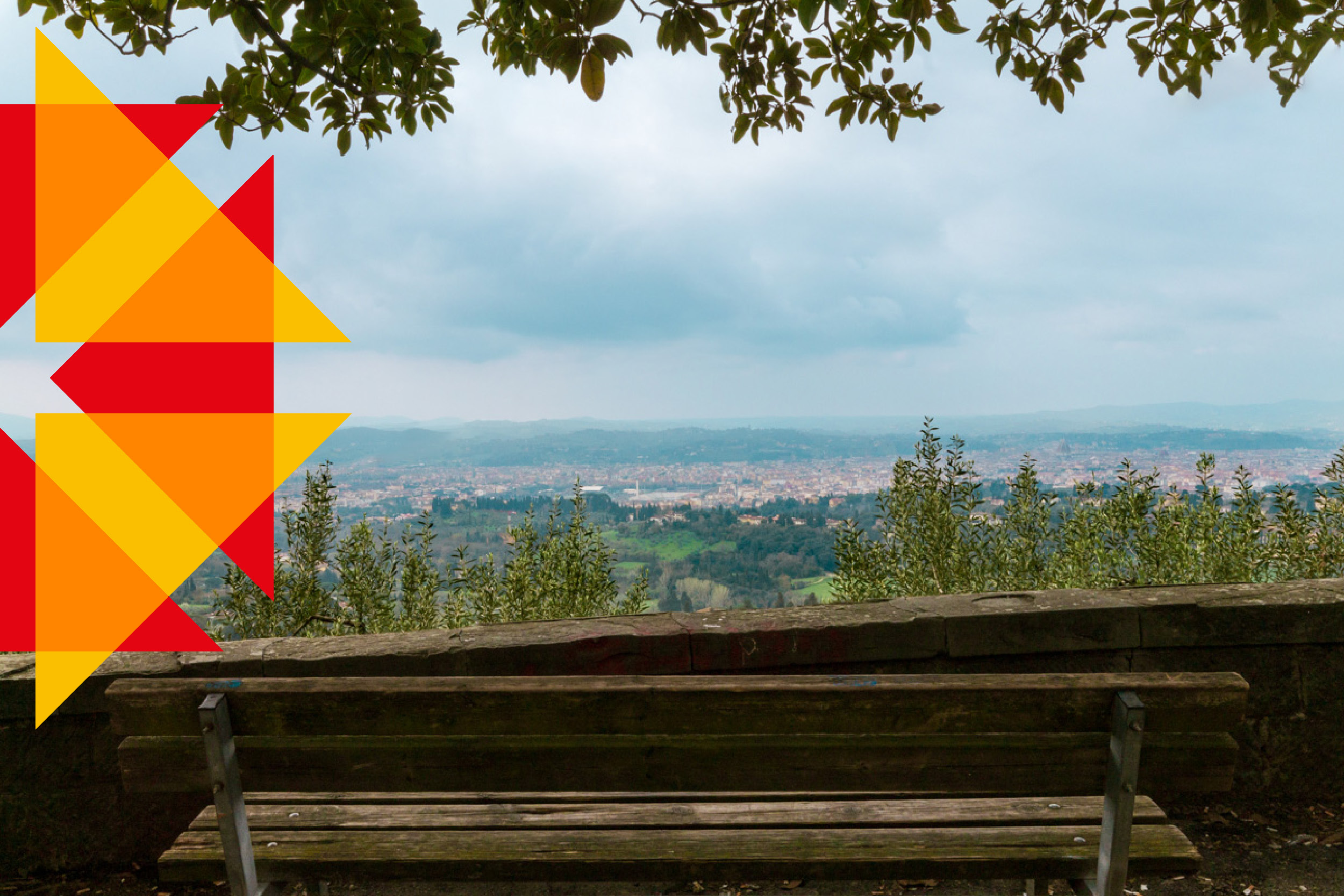
Gaze
The landscape blends with the horizon
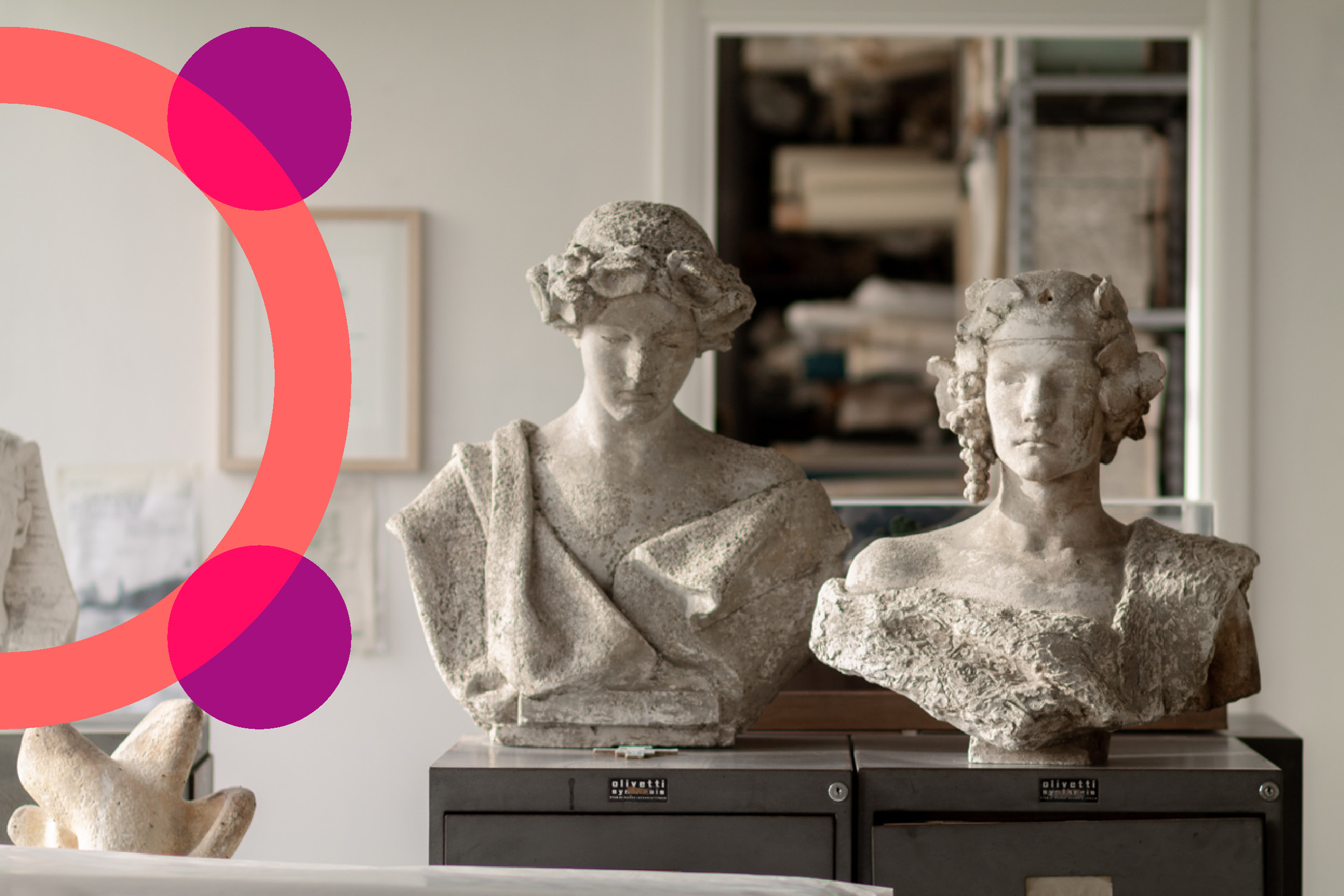
Thought
The landscape as a hotbed of culture and creativity
